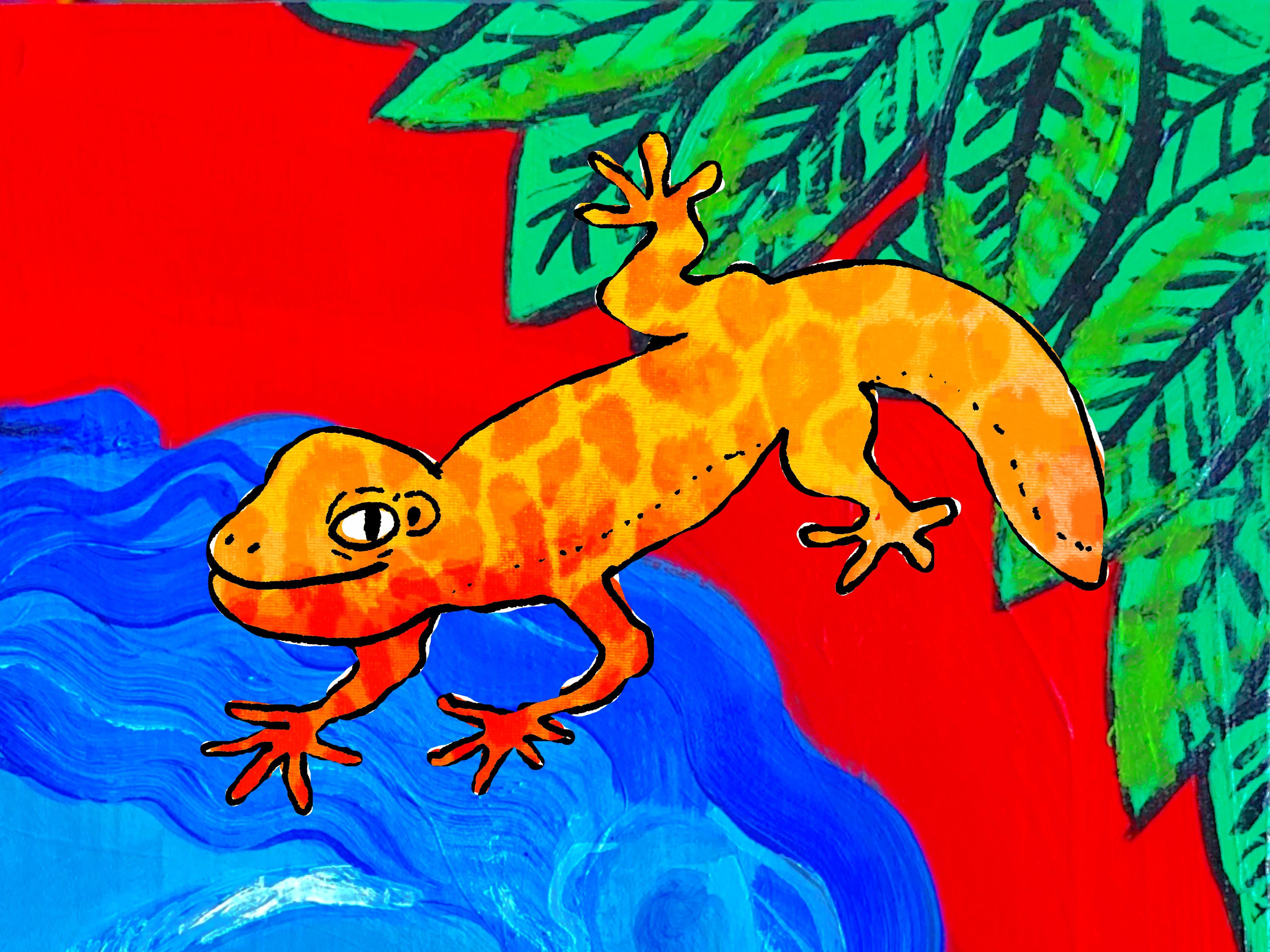Carleton’s department of earth sciences is striking gold again with the discovery of two reptiles that tore up Terra over 300 million years ago.
The creatures, called Diabloroter and Infernovenator were discovered by Arjann Mann, graduate student of Dr. Hillary Maddin, part of the vertebrate paleontology group in the department.
Vertebrates with an amniotic egg could lay them on land, and thus all reptiles, birds, mammals, dinosaurs and humans are amniotes.
“Each animal is currently only known from a single specimen,” Mann said. “These are amongst the earliest appearance of their reptilian group, called recumbirostrans, now considered early reptiles. In general, all of this is very early in amniote evolution.”
Recumbirostrans are some of the earliest vertebrates to set foot on land. They’re also some of the first tetrapods, the four-legged ancestors of all terrestrial vertebrates, that waltzed on to the continent one bright, sunny day. The shape and anatomy of the braincase suggests they spent a lot of their lives digging due to their shovel-shaped snouts.
“Some features that make these guys reptiles are a very amniote-like organisation of the braincase, general reptilian dental heterodonty and tooth morphology, and the arrangements of the dermal skull bones,” Mann said.
“Identifying these animals as recumbirsotrans specifically includes their shared fossorial adaptations including co-ossified regions of the braincase, and recumbent shovel like snouts for digging.”
Recumbironstrans have many primitive amphibian and reptilian features, especially lissamphibians (modern amphibians) such as caecilians, which looked and behaved much like a mix between a snake and a worm, and reptiles such as squamates which includes snakes and lizards.
Recumbirostrans are a type of microsaur which, despite what the name brings to mind, are not related to dinosaurs. The name derives from the Greek word “micros,” meaning small, compounded with “sauros,” which means lizard, but they aren’t lizards either. They just kind of looked like them.
“These animals are related to the earliest reptiles, long before the radiation of lineages like dinosaurs, but closer to the split between amniotes and lissamphibians,” Mann said. “To humans, they are amongst the earliest amniotes—that includes us—that were fully terrestrial and did not need to reproduce in the water.”
Here’s the thing about reptiles, though—they are amniotes. The evolution of the protective amnion around the fetus allowed vertebrates to lay their eggs on land.
Plants had recently dominated the landscape flourishing into lush forests about 350000000 years ago—hence the name “carboniferous,” latin for carbon-bearing—then invertebrates.
The increased oxygen concocted a carboniferous confection known as griffinflies, which were effectively dragonflies that could grow to over two feet. What a snack for a hungry herp.
“Each of these animals would have looked like a cute little lizard and show many convergent lizard-like features like scales, body shape, and appearance,” Mann said.
“Both animals mostly resemble fossorial or burrowing adapted reptiles which possess reinforced skulls for burrowing underground and shovel-like snouts for moving dirt. These features are very common in modern burrowing reptiles.”
Graphic by Paloma Callo






